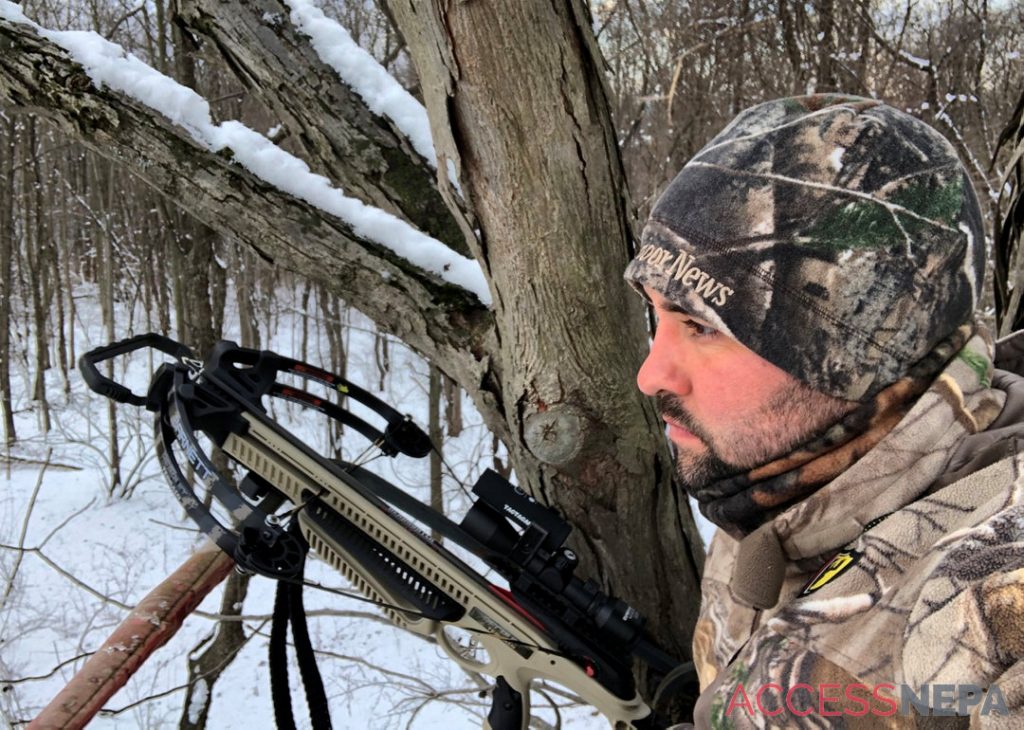BY TYLER FRANTZ
Just like car manufacturers, all the top archery brands unveil their new lineup of bow models at this time of year, and while this year’s Archery Trade Association Show was moved online in January, bow companies have still been doing their best to keep up with high consumer demands.
Many new outdoors enthusiasts are on the hunt for their first bow or crossbow, while stir-crazy, veteran bowhunters are already looking forward to next season, eager to scope out the latest and greatest in archery technology. With months to prepare for another fall opener, now is the time for those shopping to jump in and upgrade their bows if they can locate one in which they are most interested.
Right now, 2021 models are low across the country, but with a little patience and professional guidance, every archer can find a worthy tool for the trade. So, before heading out to a pro shop in a few weeks, here are some tips to get ready.
Market research
It helps to walk into an archery dealer with some idea of what you want to walk out with when leaving the store, but it’s also good to have an open mind about the different bows you might find there. Check out various options on the internet or from other sources before you visit and be clear about your preferences when talking with a pro-shop employee.
If dead-set on a certain model, call ahead to see if they are in stock or ask when more might be expected to arrive. If open to trying other options in the same wheelhouse, consider shooting several different bows that are in stock.
Dealers can be very helpful in recommending similarly performing models from various brands. And you might be surprised to end up with something very comfortable, accurate and affordable.
Know your price range
Price is a good indicator of the type of bow someone plans to purchase. If your budget is $750, most respectable dealers will steer you toward a bow in that price range, but there’s quite a broad spectrum of prices on the market.
Entry- to mid-level bow packages range in price from $300-700, while the upper, flagship model bows can cost more than $900 for just a bare bow with no accessories. Figure out a workable price range for your budget, and the sales team will have no problem selecting a number of comparable bows from different companies for consideration. If money is tight, ask for late model bows left over in the inventory, or even second-hand trade-ins that are still in good working condition.
Looks and feels
Looks go a long way with bowhunters, as an eye-grabbing color scheme or shape can initially pique your interest, but it’s important that the bow feels comfortable since that is essential for quality performance.
Pick up the bow, hold the grip in your hand to make sure it’s a natural fit. Feel the physical weight of the bow and how it balances. You’ll get a good idea of whether or not you want to test shoot it just by holding it in your hands.
Shooting ‘Test Drive’
You’d never purchase a car right off the lot without a test drive, so absolutely ask to test shoot any bow before buying it. Almost every bow shop in the world has a designated spot to safely test shoot a bow, and it takes just a few minutes for a pro-shop tech to set up the bow for you to shoot it, so take advantage of this.
See how the bow feels to draw. Is it too aggressive or smooth and easy? Is it just the right draw weight? Is it quiet enough? Is it shooting accurately and consistently? Shoot several bows until you find one that best satisfies all of these questions.
Body shop
The most critical aspect of buying a bow is to match it to your individual body type. If you are of average height, you can buy almost anything. However, if you’re small in stature or taller than 6-foot-2, it’s important to understand that your options are unfortunately somewhat limited.
Bow companies have gotten better at catering toward more compact hunters, including women, children and yours truly with shorter brace heights and variable cam systems for adjusting draw lengths and weights. Axle-to-axle and draw length capabilities are still limiting for large-framed shooters, so finding an appropriate draw length is very important for maintaining consistent accuracy. It’s helpful to not be locked into a certain brand, but stay open to any bow that fits best.
Done deal
There’s no doubt that nationwide shortages on outdoors equipment are a real concern, but there are many companies turning out new products daily, and dealers are still eager to help support anyone shopping for a new bow. Ask around, see what’s out there, and keep an open mind.
At the end of the day, you need to be as comfortable with the bow you choose to take into the woods as the vehicle you choose to drive on the road. Stay true to that, and you can’t go wrong.
Frantz is board chairman of the Pennsylvania Outdoor Writers Association. Contact the writer: outdoors@republicanherald.com




